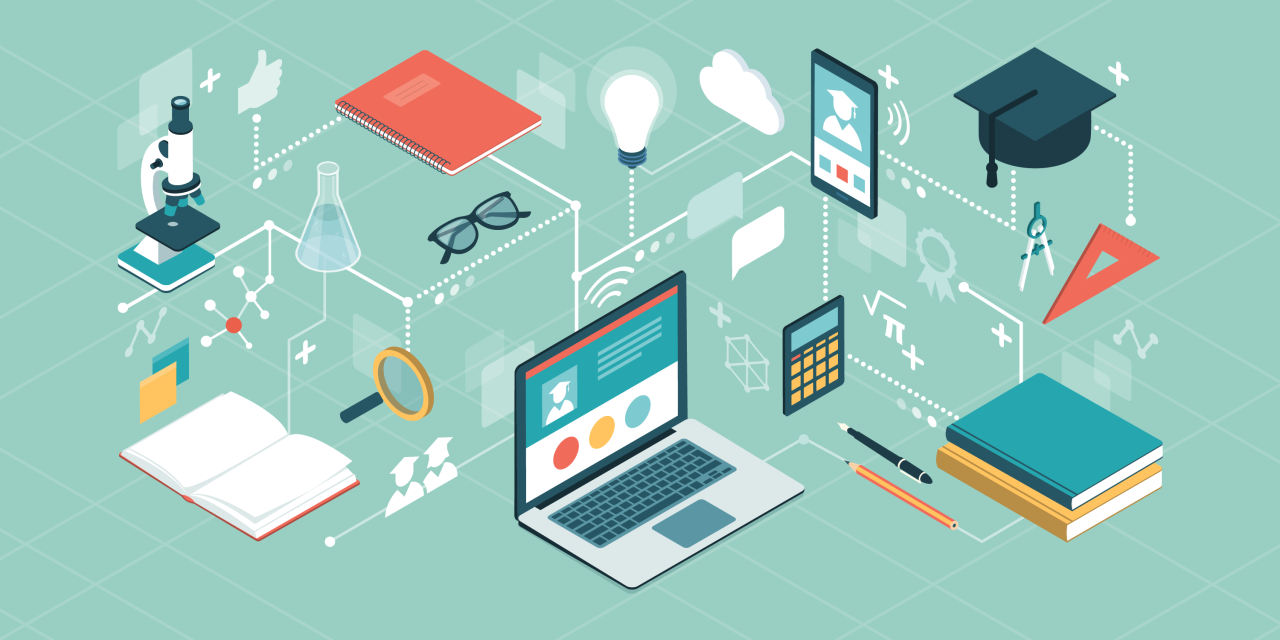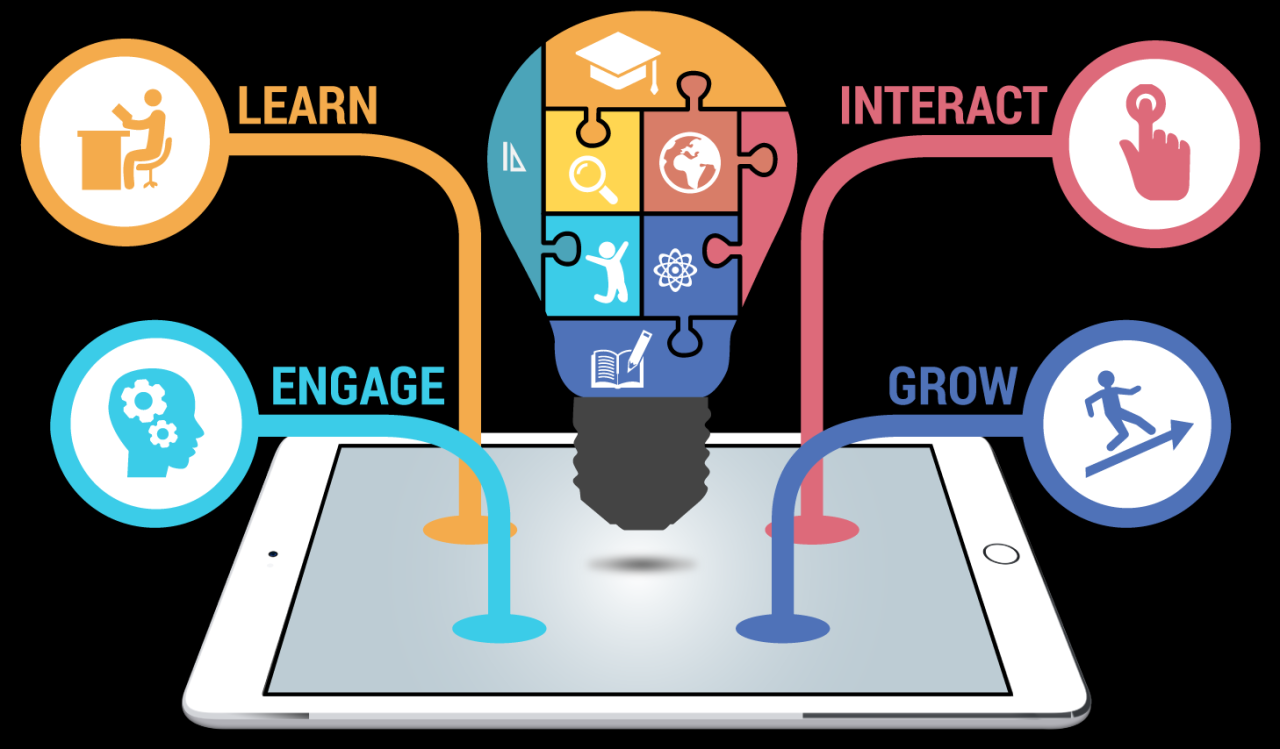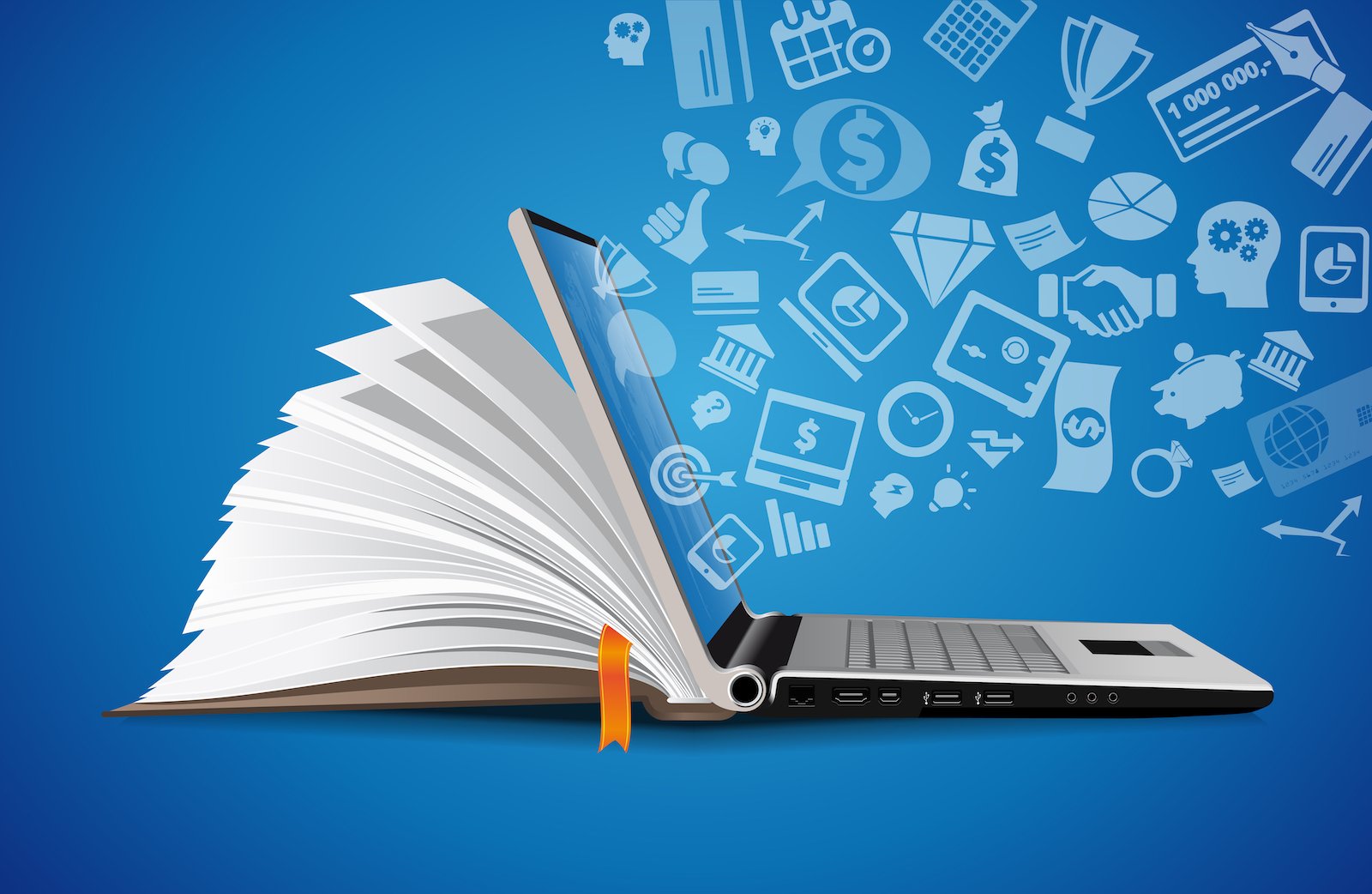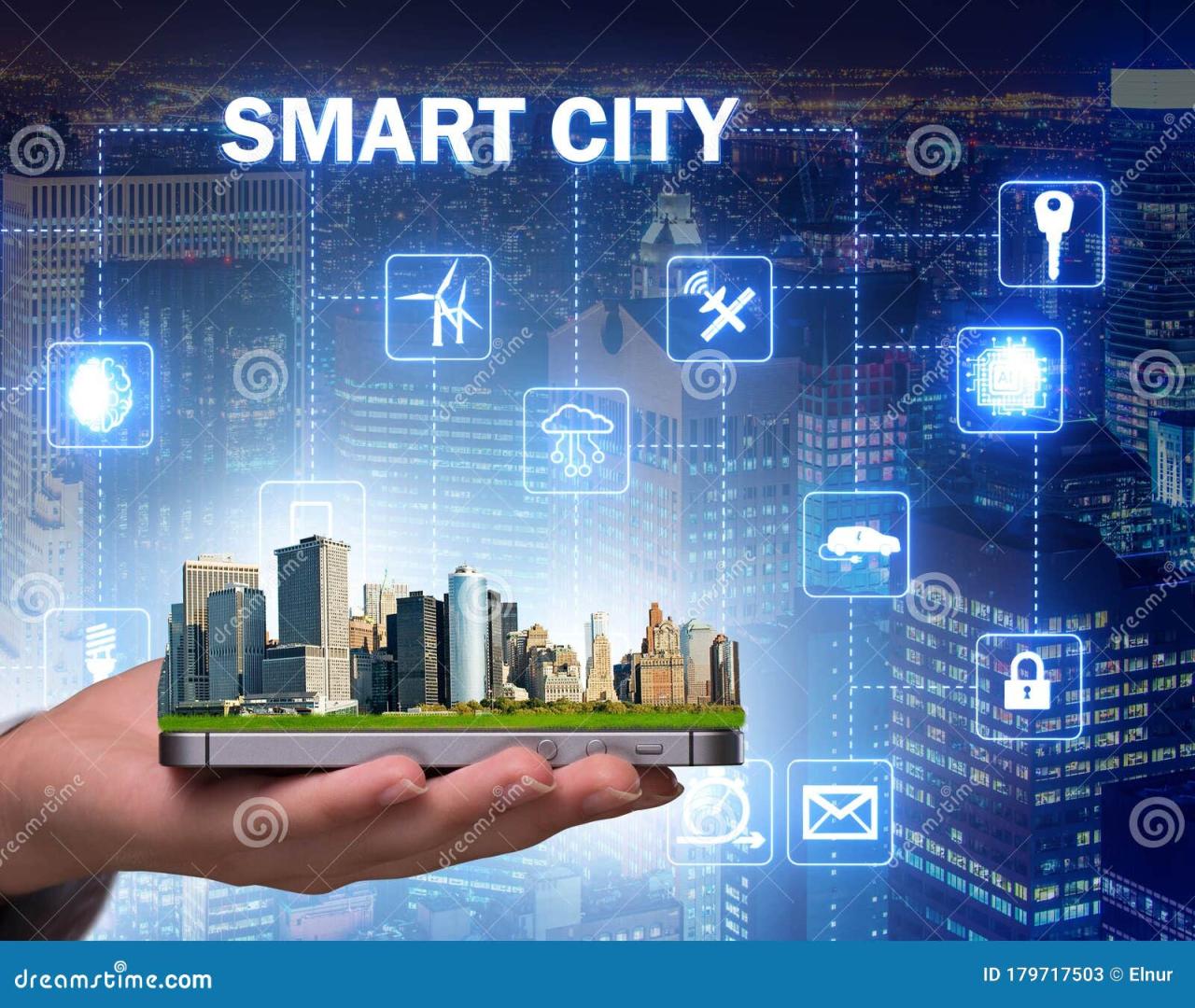Smart education tools are revolutionizing the way we learn, offering an immersive and interactive experience that caters to diverse learning styles. As we delve into the world of smart education tools, we uncover a realm where knowledge meets innovation, shaping a brighter future for education.
Definition of Smart Education Tools

Smart education tools refer to technological resources and devices that are utilized in the classroom setting to enhance the learning experience for students. These tools are designed to make teaching more interactive, engaging, and effective by incorporating digital elements into the educational process.
Examples of Smart Education Tools
- Interactive Whiteboards: These digital boards allow teachers to display multimedia content, write notes, and interact with educational apps in real-time.
- Tablets and Laptops: Devices like tablets and laptops enable students to access educational resources, conduct research, and collaborate on projects.
- Educational Apps: There are a plethora of educational apps available that cover various subjects and topics, providing interactive learning experiences for students.
Benefits of Incorporating Smart Education Tools
- Enhanced Engagement: Smart education tools make learning more interactive and engaging, capturing students’ attention and increasing participation in the classroom.
- Personalized Learning: These tools allow for personalized learning experiences, catering to individual students’ needs and learning styles.
- Improved Collaboration: Smart education tools promote collaboration among students, fostering teamwork and communication skills.
- Efficiency and Productivity: By utilizing digital tools, teachers can streamline administrative tasks, provide instant feedback, and track student progress more efficiently.
Types of Smart Education Tools

Smart education tools encompass a variety of technologies designed to enhance the learning experience for students. These tools offer innovative ways to engage learners, promote interactivity, and facilitate a deeper understanding of educational concepts.
Interactive Whiteboards
- Interactive whiteboards are large touch-sensitive displays that allow teachers and students to interact with digital content.
- These tools enable educators to create dynamic presentations, annotate materials in real-time, and engage students in interactive lessons.
- Interactive whiteboards promote active participation, collaboration, and visual learning, making lessons more engaging and memorable.
Educational Apps
- Educational apps are software applications designed to support learning and skill development across various subjects and age groups.
- These apps offer interactive exercises, games, quizzes, and simulations to reinforce concepts and provide personalized learning experiences.
- By leveraging multimedia elements and adaptive learning algorithms, educational apps cater to individual learning styles and pace, enhancing student engagement and knowledge retention.
Virtual Reality (VR) Tools
- Virtual reality tools immerse users in realistic and interactive 3D environments, creating a sense of presence and engagement.
- VR tools enable students to explore complex concepts, visit historical landmarks, or conduct virtual experiments in a safe and controlled setting.
- By offering hands-on experiences and simulations, virtual reality enhances student motivation, curiosity, and understanding of abstract or challenging topics.
Implementation of Smart Education Tools
Implementing smart education tools into traditional teaching methods can greatly enhance the learning experience for students. By integrating technology into the classroom, educators can create a more interactive and engaging environment that caters to different learning styles. However, this process can come with its own set of challenges that need to be addressed in order to ensure successful adoption and implementation.
Integrating Smart Education Tools
- Educators should start by familiarizing themselves with the smart education tools they plan to use and how they can complement their teaching methods.
- Training sessions and workshops can be organized to help teachers understand how to effectively integrate technology into their lessons.
- Collaboration among teachers, administrators, and IT professionals is essential to ensure a smooth integration process.
Best Practices for Using Smart Education Tools
- Ensure that the smart education tools align with the learning objectives and curriculum goals.
- Encourage student participation and engagement by incorporating interactive features into lessons.
- Provide ongoing support and training for teachers to help them effectively use the tools in their teaching.
Challenges and Solutions
- Resistance to change: Some educators may be reluctant to adopt new technology. Providing support and resources can help alleviate this resistance.
- Technical issues: Educators may face challenges with connectivity or software compatibility. Regular maintenance and troubleshooting can help address these issues.
- Cost considerations: Implementing smart education tools can be costly. Schools can seek funding through grants or partnerships to help cover these expenses.
Impact of Smart Education Tools on Student Learning
Smart education tools have revolutionized the way students engage with learning materials, leading to significant improvements in student motivation, engagement, and academic performance. These tools leverage technology to create interactive and personalized learning experiences that cater to diverse learning styles, ultimately enhancing overall learning outcomes.
Enhanced Student Engagement
Smart education tools, such as interactive whiteboards, educational apps, and virtual simulations, provide students with hands-on and immersive learning experiences. By actively engaging students in the learning process, these tools help maintain their interest and focus, leading to increased participation and retention of information.
Improved Academic Performance
Research studies have shown that the use of smart education tools in classrooms is associated with improved academic performance. For example, a study conducted by the Education Development Center found that students who used educational technology tools performed better on standardized tests compared to those who did not have access to such tools. These tools help students reinforce their understanding of concepts, practice skills, and receive immediate feedback, contributing to academic success.
Catering to Diverse Learning Styles
Smart education tools offer personalized learning experiences that cater to individual learning styles and preferences. For instance, visual learners may benefit from interactive videos and animations, while auditory learners may excel with audio recordings and podcasts. By adapting to the unique needs of each student, these tools ensure that all learners have the opportunity to succeed and thrive in the educational environment.
Expert Answers
How do smart education tools benefit students?
Smart education tools enhance student engagement, motivation, and academic performance by providing interactive and personalized learning experiences.
What are some common challenges faced when implementing smart education tools?
Challenges may include lack of training for educators, technical issues, and resistance to change. Overcoming these challenges requires proper support and resources.







